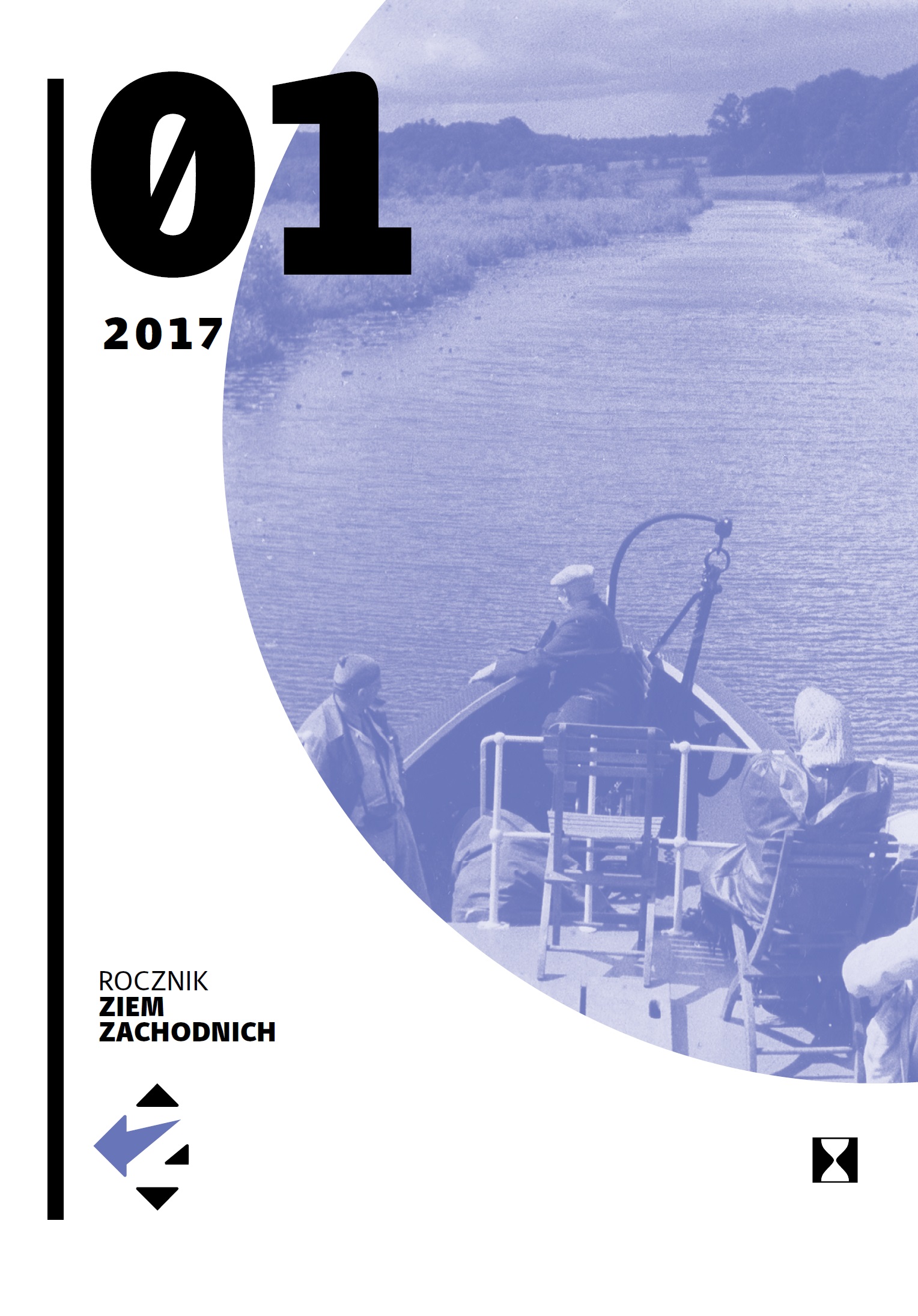Integracyjna działalność Kościoła warmińskiego w pierwszych latach po II wojnie światowej
The role of the Warmian church in regional integration in the first years after the Second World War
Author(s): Stanisław AchremczykSubject(s): History, Local History / Microhistory, Recent History (1900 till today), WW II and following years (1940 - 1949)
Published by: Ośrodek »Pamięć i Przyszłość«
Keywords: Warmia;Diocese of Warmia;Catholic Church;integration;
Summary/Abstract: In 1945, the south of East Prussia, albeit without Königsberg, found itself at the border of the Polish state. The entire former dominion of Warmia was governed until 1772 by bishops and the Warmian Chapter, and had been a Catholic country governed by Poles. As a result of the events of the war, the Eastern Prussian territories had experienced immense destruction and depopulation. As early as 1945, the demographic and religious appearance of these territories had changed as a result of settlement. The ethnic German population had been expelled, and the Masurians and Warmians who refused to accept Polish citizens had also had to leave the territories. Until 1945, Catholics represented a minority within a largely Evangelical society. After 1945, everything was reversed, and the population was mainly Catholic. German pastors gave way to Polish priests who came to Warmia and Masuria alongside the Polish settlers. The state authorities did not agree to Warmian bishop Maximillian Kaller continuing in his role as leader of the bishops of the Warmian Diocese. Dr Teodor Bensch became the administrator of the diocese. In 1956, Tomasz Wilczyński received a nomination to become Bishop of Olsztyn, but not until Józef Drzazga became Diocesan Bishop in Warmia after the normalisation of Polish-German relations. Catholic priests played an unusually important role in the settlement process of the of the territories, and at the same time, in the integration of the populace. By opening churches, they created a sense of stability, conquering the present sense of impermanence. In the changing political reality of Poland, the Church stood counter to the state authorities. Priests started to encounter harassment as the Church was pushed out of the social sphere. In Warmia and Masuria, protection was offered to many soldiers of the armed underground, and to political organisations and priests hunted by the communist authorities. These people were oppressed by the authorities. However, despite this unrelenting harassment, the influence of the Church was not diminished, and places of worship were filled with the faithful. The Church brought together people from all parts of the former Poland and gave them support – not only religious. The Church helped in the rediscovery of the former splendour of Warmia. By invoking history, the Church created a springboard for trumping the sense of impermanence and helped residents in their process of setting down roots in this new land.
Journal: Rocznik Ziem Zachodnich
- Issue Year: 1/2017
- Issue No: 1
- Page Range: 165-191
- Page Count: 27
- Language: Polish

